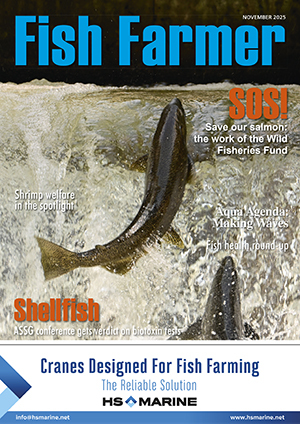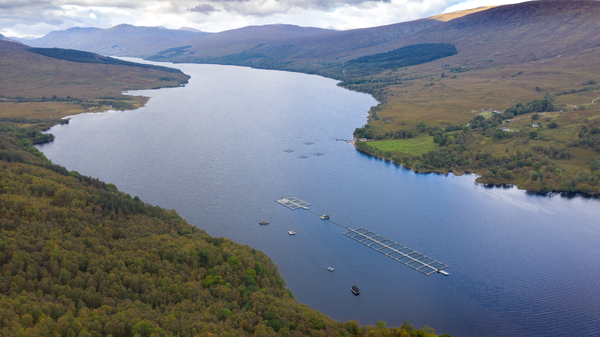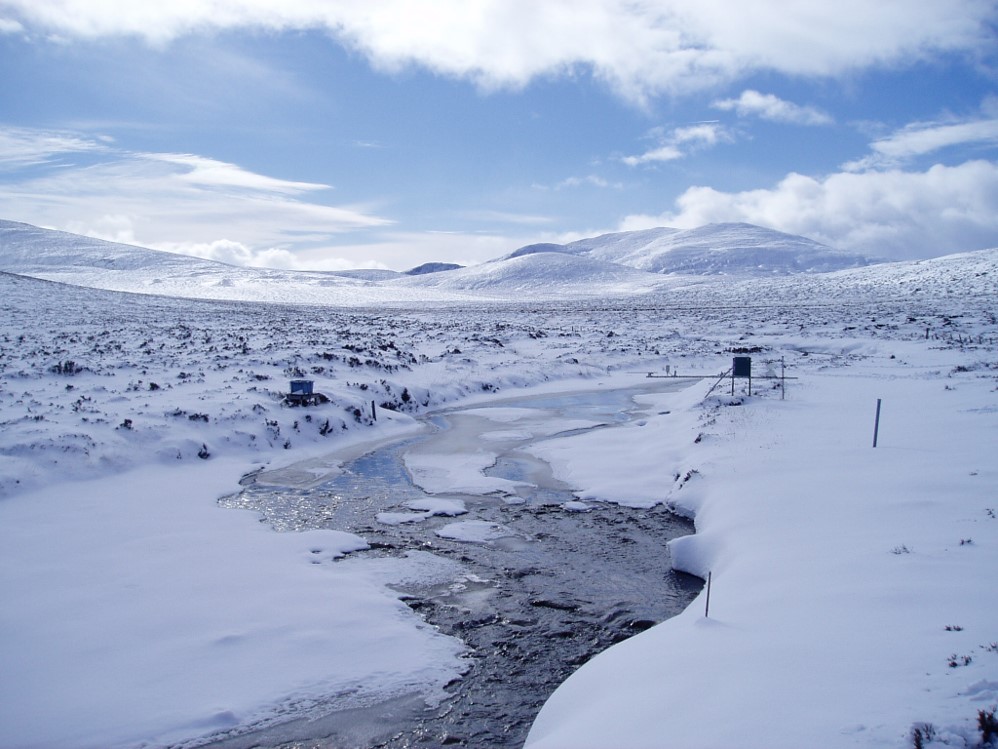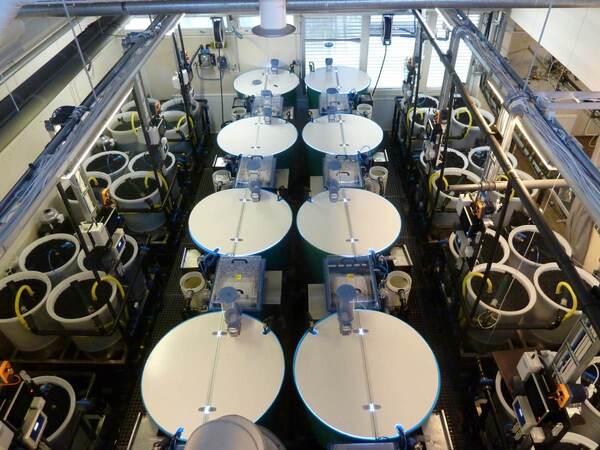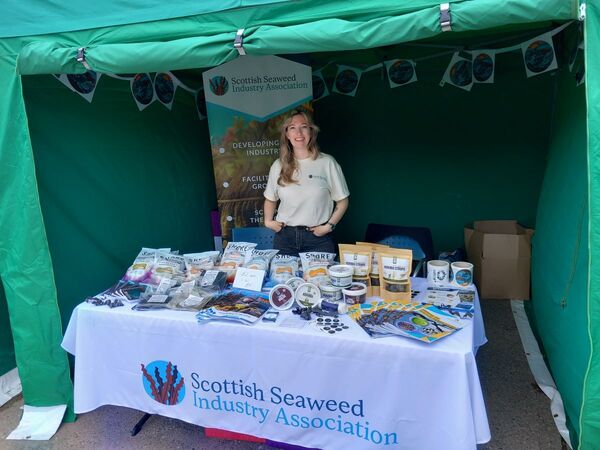Algae experts issue biobanking call to protect seaweeds from climate change
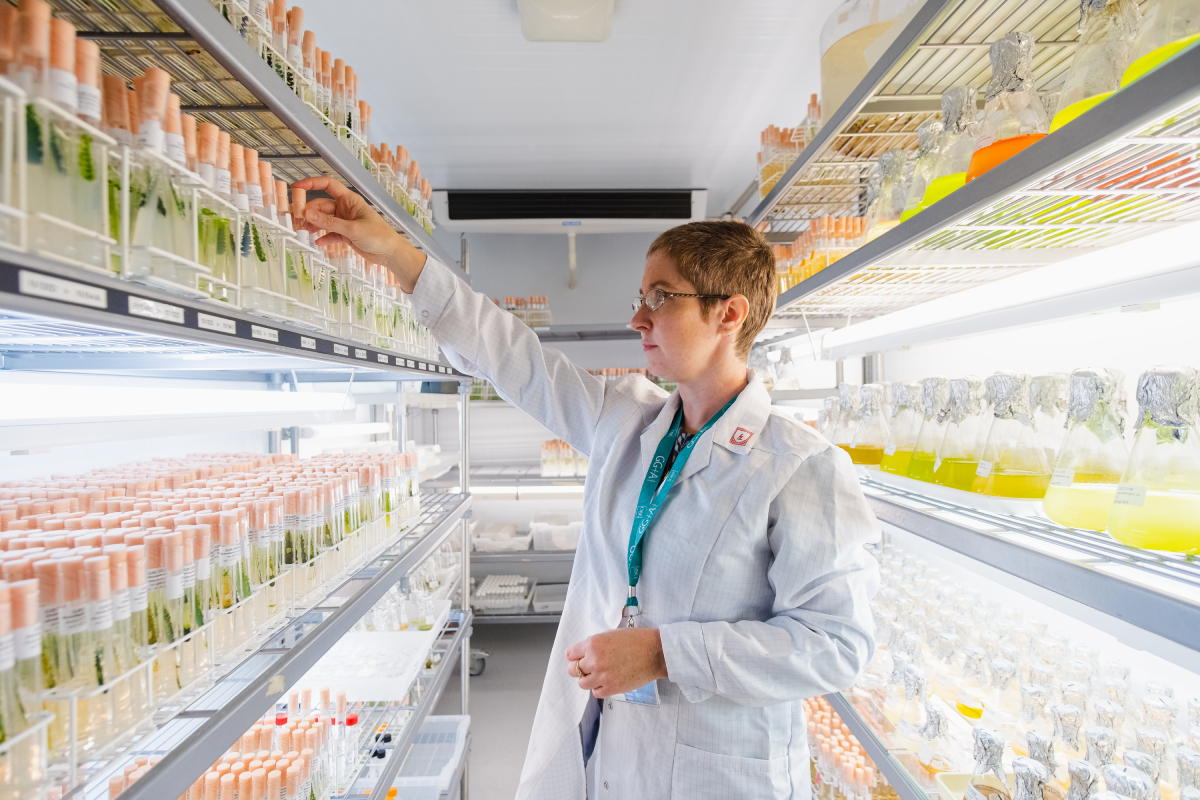
Rachel Saxon, Administrator, CCAP (photo: SAMS)
Please Login/register for FREE to continue reading Fish Farmer
Your FREE registration gives you access to all our content: news and feature articles, regular and special guest columnists, Fish Farmer Magazine e-editions, yearbooks, archives, videos and more
or if you are already registered
Use the Login Box Below
(Can't remember your password? Click Here to reset your password
Admin Production Controller - Mowi Scotland
RosythSalary On Application
Deckhand (Bradan na Mara) - Mowi Scotland
Ullapool£28,258 to £31,648 per annum
Salmon High Care Trimming Line Operator (Shift 2-2-3 Pattern) - Mowi Scotland
RosythSalary On Application
Line Cleaner (High Care Area) - Mowi Scotland
RosythSalary On Application
Hygiene Operator (Day shift 2-2-3 pattern) - Mowi Scotland
RosythSalary On Application
